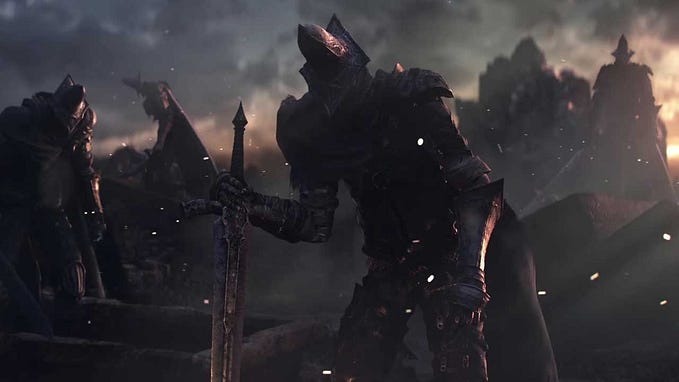Member-only story
Shrine design in Zelda: Breath of the Wild
I recently started playing The Legend of Zelda: Breath of the Wild and it has been very difficult to put the game down. One of the reasons are the shrines in the world of Hyrule. The concept of shrines is one of the cleverest gameplay pockets I have come across in recent times. This is because of its game design functions, visual language, and how it ties with the overall world design.
Self-contained pockets of gameplay
So, what are shrines? Shrines are small dungeons scattered across the world as individual pockets of gameplay. They are not dependent on Link (the protagonist) doing anything in the outside world. Everything needed to complete the shrine is housed within the shrine itself, including puzzles and combat.

Now let’s take a look at the shrine elements one by one, starting from when the player discovers them.
Strong Skin
To me, the skin of the shrine is ingenious. By skin, I mean the explanation of how the shrine fits in the world design. It is an underground temple set up by a technologically advanced ancient civilization. The reason why this is great is because it allows the shrines to be placed almost anywhere on the Hylian landscape, regardless of the world outside it. A shrine could be placed in a valley, on a plateau, on a river bank, near a bridge and even near a castle. This allows the designers to spread them judiciously around the world; which affects pacing and progression; with ease.
External Visual Language
The shape design and the emissive colors contribute highly to the external visual language of the shrines which make it incredibly easy to spot them from a distance. The emissive colors not only highlight the shrine, but convey the state of the shrine to the player as well. There are three states to a shrine - Not discovered, Discovered but not completed and Discovered and completed. The shrine state can be identified by a set of emissive colors on it exterior. A completely yellow exterior conveys a shrine that has not yet been discovered. A shrine with yellow…








